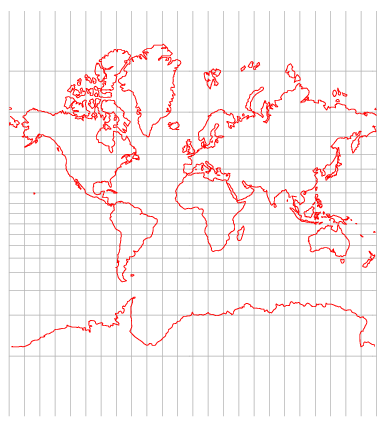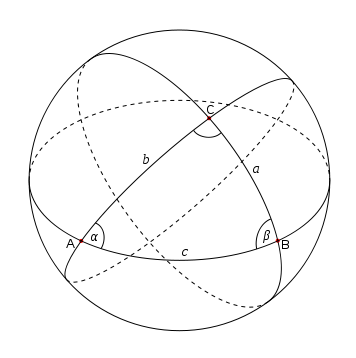Larry Wall said something one time to the effect that Scheme is beautiful and every Scheme program is ugly; Perl is ugly, but it lets you write beautiful programs. Of course it also lets you write ugly programs if you choose.
Scheme is an elegant, minimalist language. The syntax of the language is extremely simple; you could say it has no syntax. But this simplicity comes at a price. But because the language does so little for you, you have to write the code that might have been included in other languages. And because the language has no syntax, code written in Scheme is hard to read. As Larry Wall said
The reason many people hate programming in Lisp [the parent language of Scheme] is because every thing looks the same. I’ve said it before, and I’ll say it again: Lisp has all the visual appeal of oatmeal with fingernail clippings mixed in.
The complexity left out of Scheme is transferred to the code you write in Scheme. If you’re writing small programs, that’s fine. But if you write large programs in Scheme, you’ll either write a lot of code yourself or you’ll leverage a lot of code someone else has written in libraries.
Perl is the opposite of a minimalist language. There are shortcuts for everything. And if you master the language, you can write programs that are beautiful in that they are very concise. Perl programs can even be easy to read. Yes, Perl programs look like line noise to the uninitiated, but once you’ve learned Perl, the syntax can be helpful if used well. (I have my complaints about Perl, but I got over the syntax.)
Perl is a complicated language, but it works very well for some problems. Features that other languages would put in libraries (e.g. regular expressions, text munging) are baked directly into the Perl language. And if you depend on those features, it’s very handy to have direct support in the language.
The point of my discussion of Scheme and Perl is that the complexity has to go somewhere, either in the language, in libraries, or in application code. That doesn’t mean all languages are equal for all tasks. Some languages put the complexity where you don’t have to think about it. For example, Java simpler than C++, as long as you don’t have to understand the inner workings of the JVM. But if you do need to look inside the JVM, suddenly Java is more complex than C++. The total complexity hasn’t changed, but your subjective experience of the complexity increased.
Earlier this week I wrote a post about C and C++. My point there was similar. C is simpler than C++, but software written in C is often more complicated that software written in C++ when you compare code written by developers of similar talent. If you need the functionality of C++, and most large programs will, then you will have to write it yourself if you’re using C. And if you’re a superstar developer, that’s fine. If you’re less than a superstar, the people who inherit your code may wish that you had used a language that had this functionality built-in.
I understand the attraction to small programming languages. The ideal programming language has everything you need and nothing more. But that means the ideal language is a moving target, changing as your work changes. As your work becomes more complicated, you might be better off moving to a more complex language, pushing more of the complexity out of your application code and into the language and its environment. Or you may be able down-size your language because you no longer need the functionality of a more complex language.
More posts on programming language complexity



